Treating Vascular Lesions on the Face and Body at LenoyMED
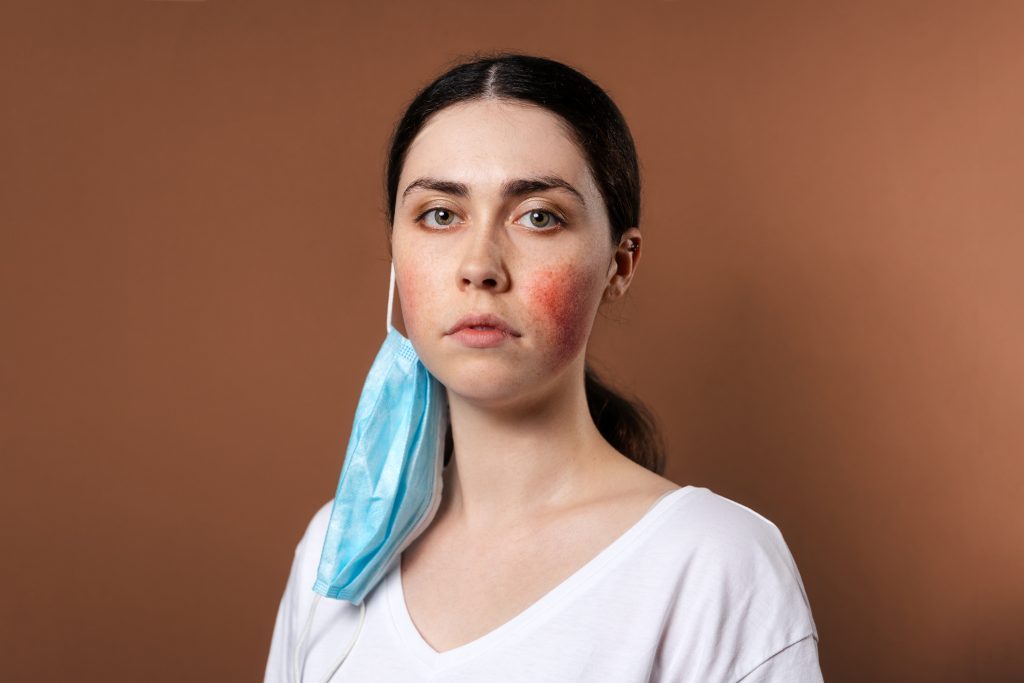
Find Location
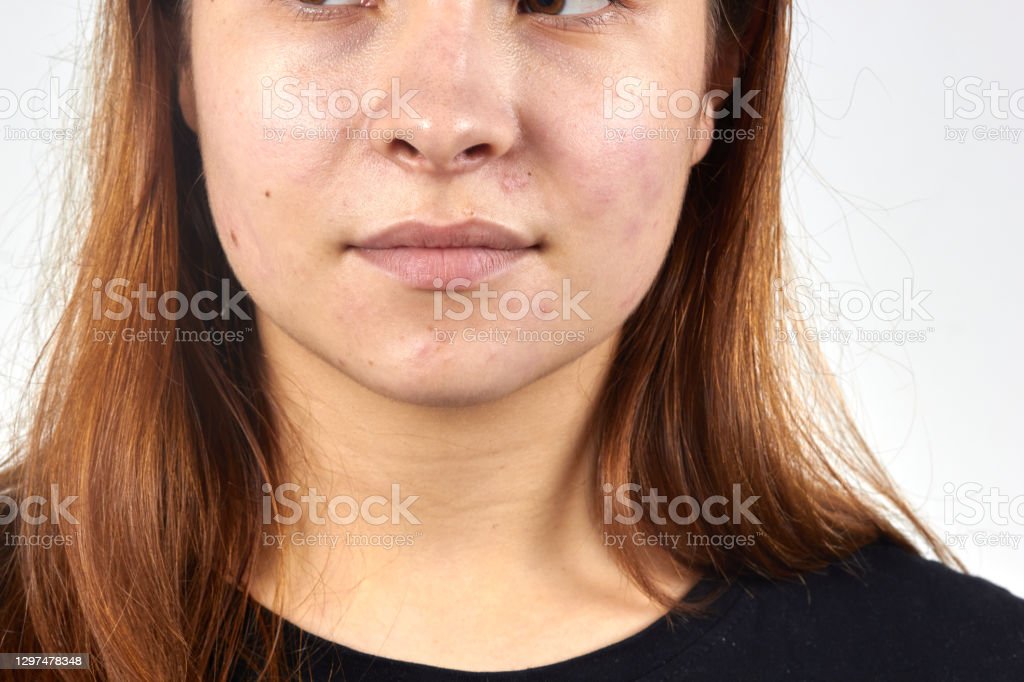
What is a Vascular Lesion
A vascular lesion is an abnormal growth or lesion of blood vessels which can be superficial or deep . Laser is very effective treating these superficial lesions and some of the deep lesions.
Difference Between Superficial and Deep Vascular Lesions
Superficial vascular lesions are those that appear close to the surface of the skin, while deep vascular lesions are those that occur more profoundly within the skin. Superficial lesions are often less severe and easier to treat than deep lesions. Deep lesions may require more aggressive treatment, such as surgery, to remove them.
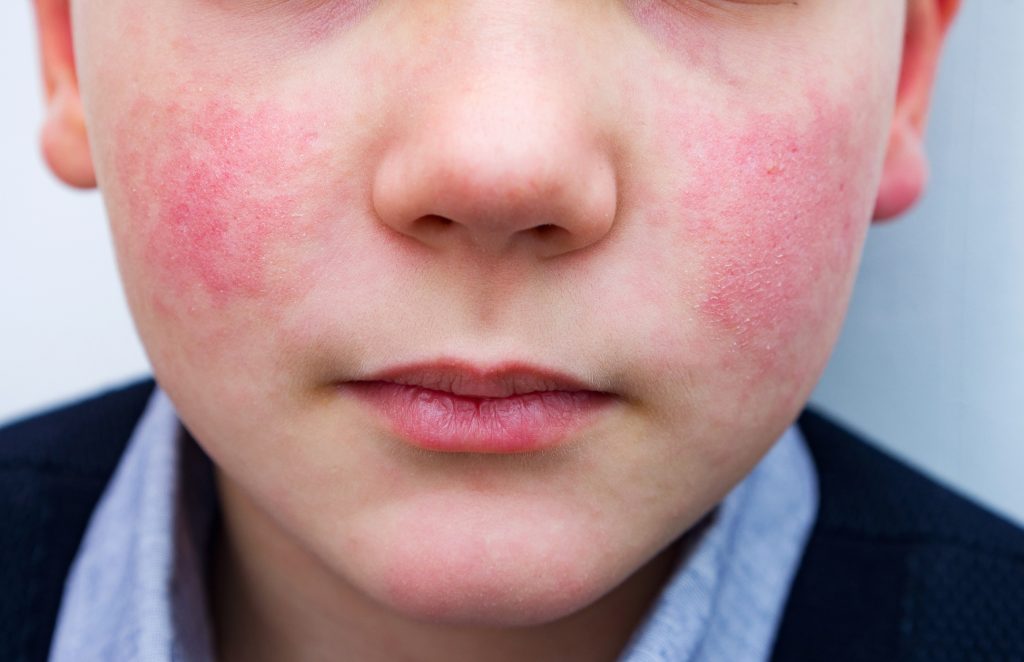
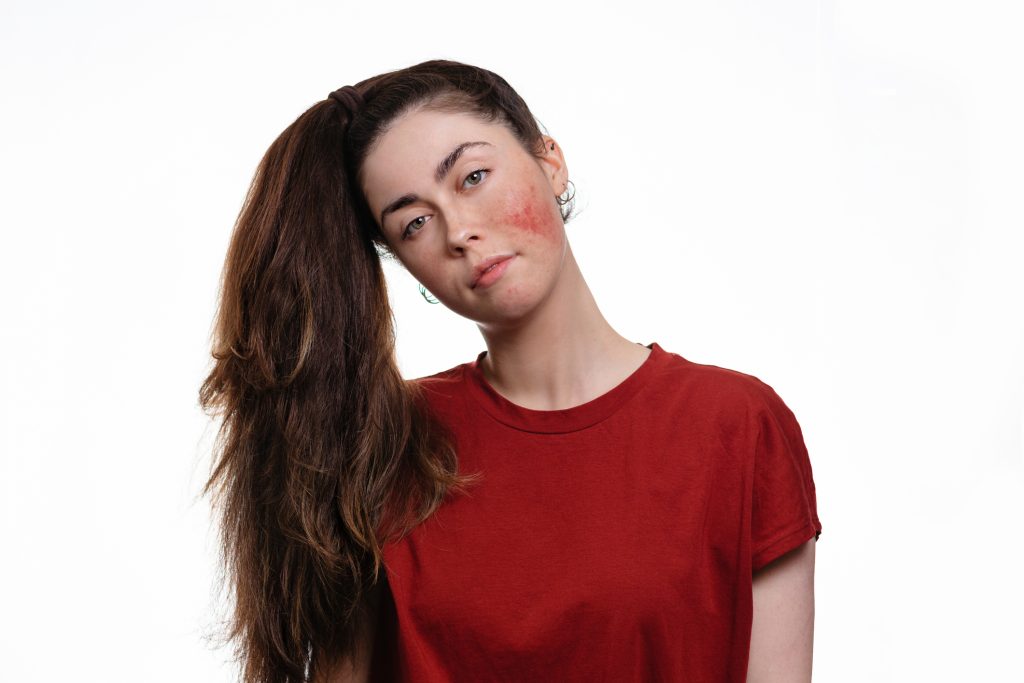
How Common are Vascular Lesions?
Vascular lesions are relatively common, especially among those with fair skin. They can occur at any age but are most likely to develop during adolescence or young adulthood. While they can occur anywhere on the body, they are most commonly found on the face, neck, chest, and legs.
Types of Veins That Can Be Treated
In general, the recommended types of vascular veins to treat are:
- Facial and spider veins
- Portwine stains
- Leg veins
- Telangiectasias and angiomas ( little red protruding mole-like lesions)
Areas of Treatment
- Face
- Arms
- Upper Thighs
- Back of thighs
- Lower Legs
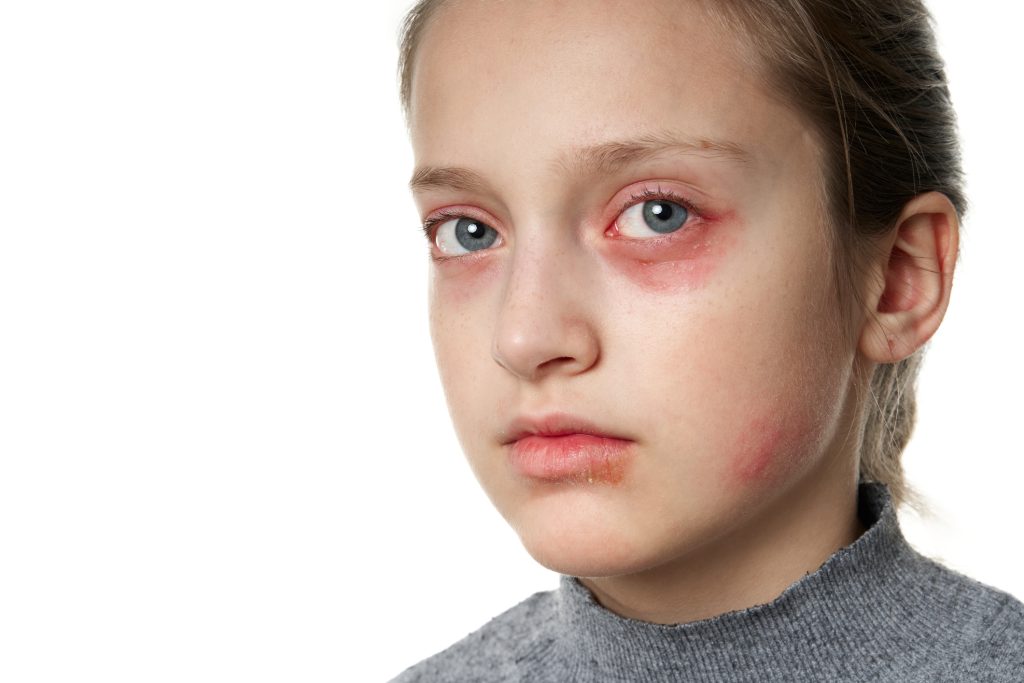
How Many Treatment Sessions Are Required
The number of treatment sessions required for vascular lesions on the face and body can vary depending on the depth of the lesion.
Superficial lesions may only require one or two sessions, while deeper lesions may require up to seven sessions. BlendX technology can help speed up the process by targeting both superficial and deep lesions in a single session.
What to Expect
When you come in for your appointment, we will assess your individual needs and recommend the best treatment course. Treatment options may include sclerotherapy, laser therapy, or a combination of both.
Depending on the severity of your condition, you may need one or multiple treatments. Most treatments take 30 minutes to an hour to complete. After treatment, you can expect a visible reduction in the appearance of your vascular lesions.
What About Recovery
Recovery from superficial vascular lesions usually only takes a few days. For deep lesions, recovery may take a few weeks.
During this time, keeping the area clean and dry is essential. You may also need to apply a bandage or ointment as directed by your doctor. If you have any pain, swelling, or redness, contact your doctor.
Contact us today for more information on superficial and deep vascular lesion treatment!
It’s High Time To Do For Skin Care With Vascular Lesions
Call Lenoy Med Today to Schedule Appointment for Vascular Lesions